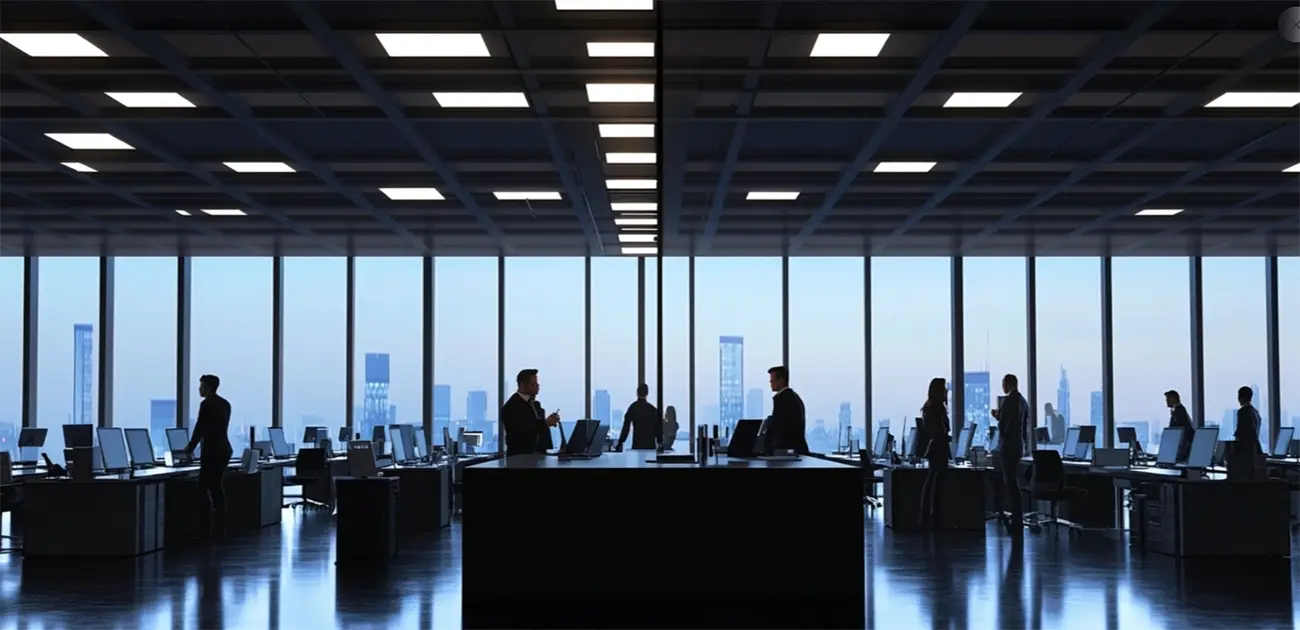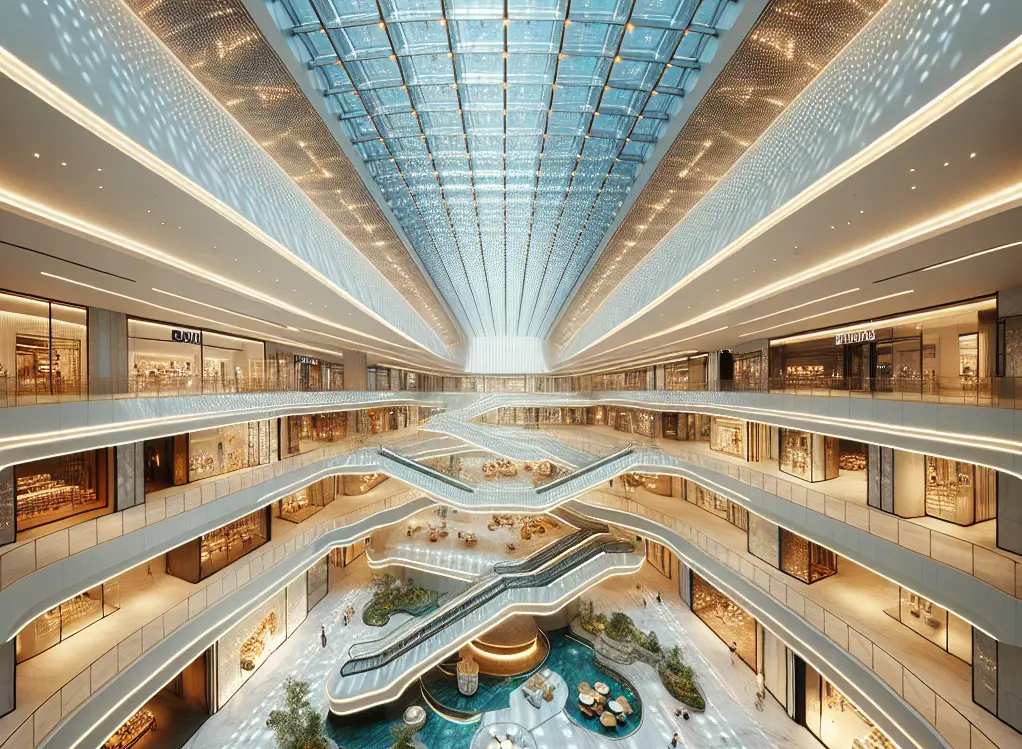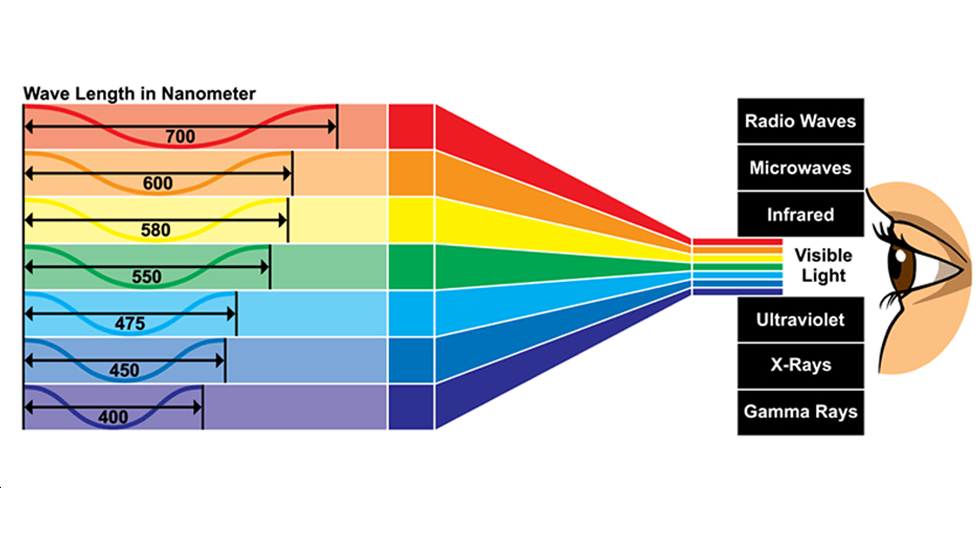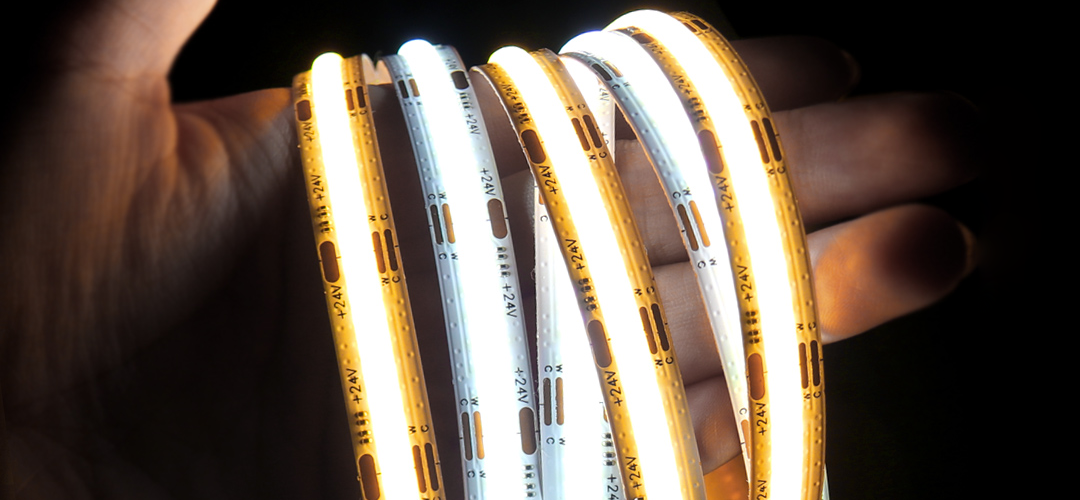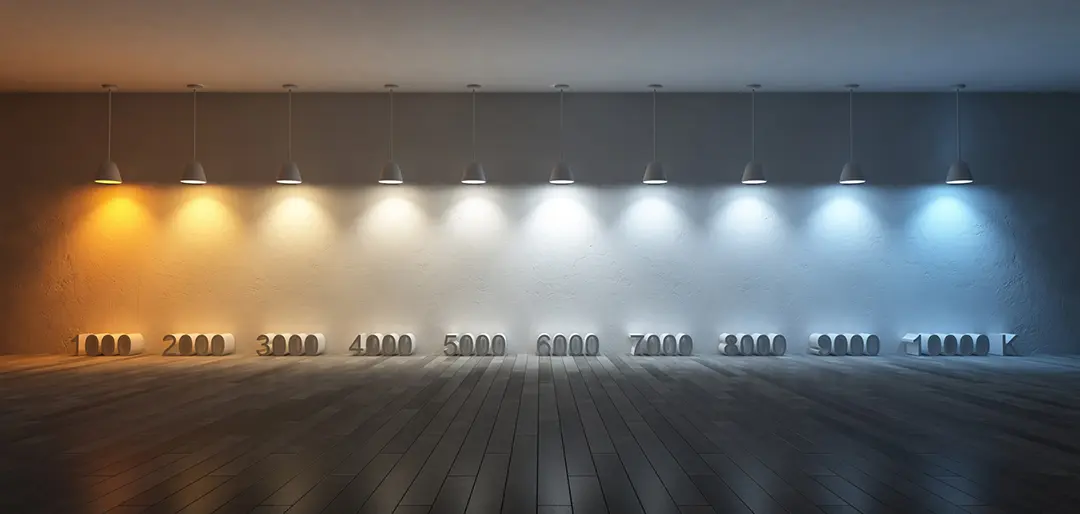
Color Temperature and LED Lighting: The Key to Creating an Ideal Light Environment
In the world of LED lighting, one of the most critical yet often overlooked factors is color temperature. Whether you’re designing a cozy home environment, a productive office space, or a vibrant retail display, the color temperature of your lighting plays a crucial role in setting the mood and functionality of the space. Understanding how color temperature affects the ambiance and usability of a room can be the difference between an ordinary setup and one that truly enhances the experience.
This article will guide you through everything you need to know about color temperature, from the basics to practical applications, helping you make informed decisions for your next lighting project. Whether you’re a home owner, designer, or project manager, this comprehensive guide will ensure that you choose the right LED lighting for your needs.
Table of Contents
What is Color Temperature?
Color temperature is a measure of the color light source, typically expressed in degrees Kelvin (K). It describes the warmth or coolness of a light source, ranging from warm tones like red and yellow to cool tones like blue and white. The concept of color temperature is based on the principle of black-body radiation, where a theoretical black body emits light at a certain color depending on its temperature.
For instance, Depending on the color temperature, light sources can generally be categorized into warm tones (below 3000K), neutral tones (3000K-5000K), and cool tones (above 5000K). Warm-toned light sources typically create a cozy and comfortable atmosphere, while cool-toned light sources make a space appear brighter and more refreshing.
In practical Lighting applications, the measurement and standardization of color temperature are crucial. By using appropriate measuring instruments, such as spectrophotometers, it is possible to accurately assess and calibrate the color temperature of light sources. Additionally, LED Lighting manufacturers should adhere to relevant industry standards to ensure consistency and reliability in the color temperature of their products. This is of significant value to users when selecting and utilizing lighting products
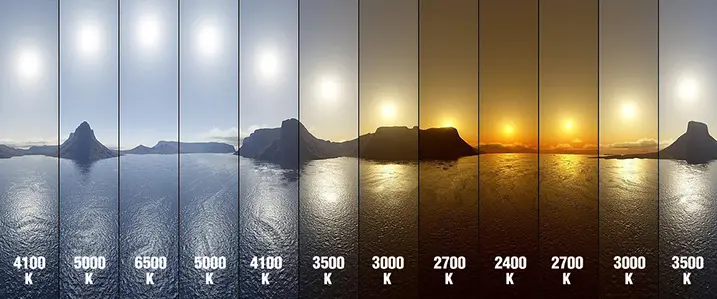
Color Temperature Scale Kelvin
Color temperature can be broadly classified into three categories: warm white, nature white, and cool white, each with distinct characteristics and suitable applications.
- Warm White (< 3000K):
Warm White Color Temperature (2700K-3000K) are commonly used to create a comfortable and inviting atmosphere, making them ideal for restaurants, cafes, and other leisure spaces. This color temperature helps customers feel relaxed and compfortable meanwhile enhances social interactions, ultimately encouraging longer stays and increased spending.
- Nature White (3000K-5000K):
Nature White Color Temperature (3500K to 5000K) is well-suited for environments requiring a balanced illumination,, nether too warm nor too cool. making it perfect for offices, retail stores and commercial spaces. This color temperature boosts productivity without causing undue stress, providing a conducive environment for business activities.
- Cool White (Above 5000K):
Cool White (>5000K ) is perfect for commercial environments that demand high visibility and a professional image, such as electronics stores, Hospitals, industrials areas and high-end fashion boutiques. This color temperature enhances the visual appeal of products, creating a modern, clean atmosphere that is conducive to focus and productivity.
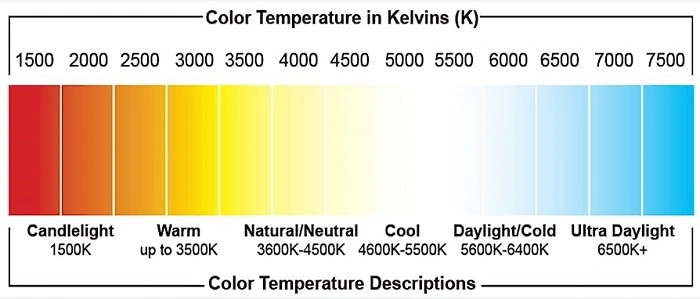
The Importance of Color Temperature in LED Lighting
- Influencing Mood and Behavior:
Research indicates that color temperature has a significant impact on our visual comfort, health and behavior. When performing tasks that require sustained attention, the color temperature of the light source can influence both psychological and physiological responses.
For example, Warm color temperatures (such as 2700K) are typically better suited for relaxing environments, In contrast, Cool color temperatures promote alertness, productivity and concentration, making them suitable for workspaces and educational environments. This suggests that selecting the right color temperature for different scenarios is essential to achieving optimal visual comfort.
- Enhancing Space Design
Different color temperatures can be used to achieve specific design goals. Warm Light might be chosen to highlight the comfort of a living room, while cool light could emphasize the modernity of a commercial showroom. The right color temperature can significantly enhance the visual appeal of furniture within a room, creating a more harmonious overall design. When selecting furniture and lighting, consumers should consider the color temperature compatibility to optimize the indoor environment.
- Improving Product Presentation:
In retail and display settings, selecting the appropriate color temperature is crucial for showcasing products effectively. Warm lighting may enhance the richness of food displays, while cool light can make jewelry and electronics appear more vibrant and desirable.
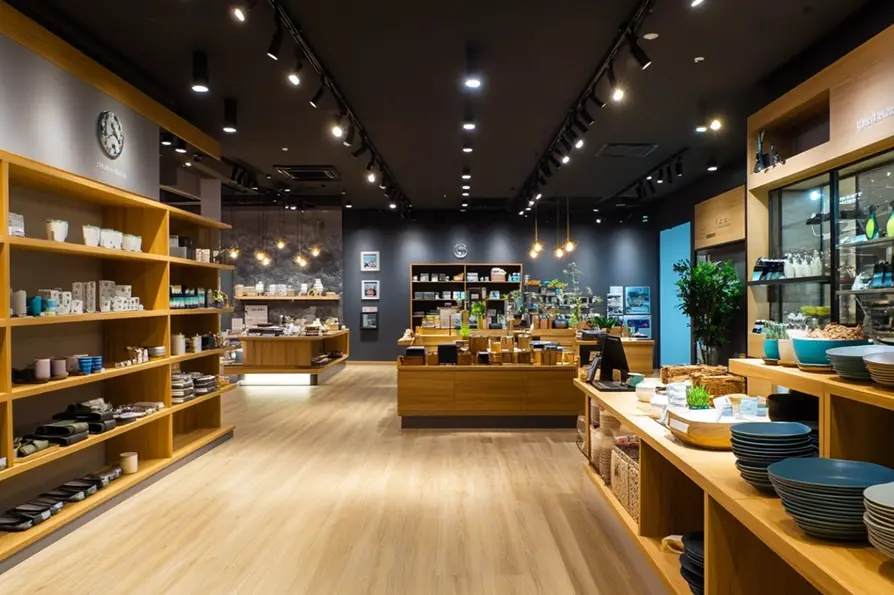
The Relationship Between Color Temperature and Color Rendering Index (CRI)
Color temperature and Color Rendering Index (CRI) are both essential factors in lighting, but they serve different purposes and are interconnected.
Color temperature affects the tone of the light, determining whether it appears warm white, neutral white, or cool white. On the other hand, CRI measures the accuracy with which a light source reveals the true colors of objects compared to a natural light source. While color temperature sets the mood of the lighting, CRI ensures that the colors within that environment are rendered faithfully.
In specific applications, the 2700-3000K color temperature often achieve higher CRI values, making warm-white ideal for home and leisure environments where a comfortable lighting atmosphere is desired.
While higher color temperature light (such as 5000K and above) can make environments appear brighter, they may sometimes cause color distortion, leading to lower CRI values compared to warm light sources. This is particularly important in professional lighting conditions, such as photography and art studios, where choosing a high CRI light source is crucial for accurate color representation.
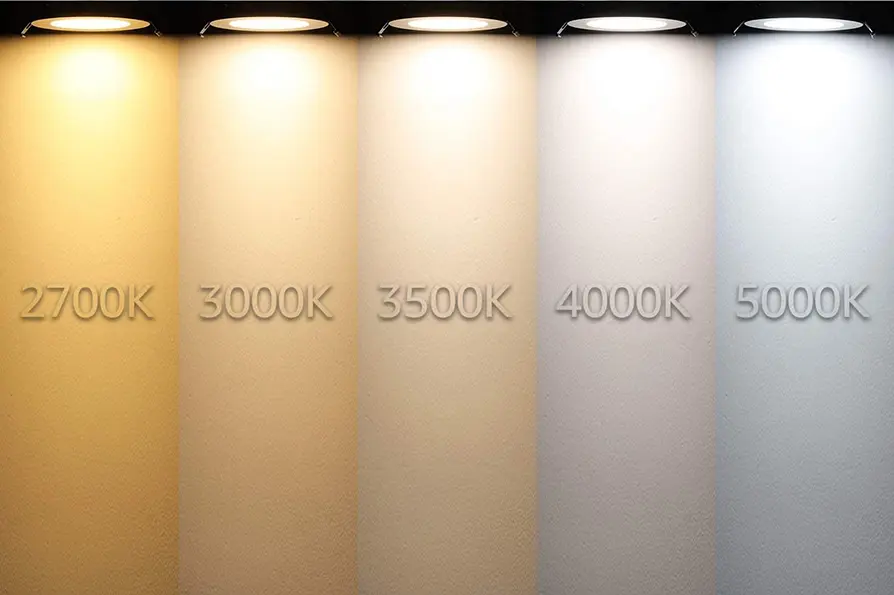
The Relationship Between Color Temperature and Energy Efficiency
There is a close relationship between color temperature and energy efficiency. In both commercial and residential lighting, LED lighting with different color temperatures can have varying energy consumption even at the same brightness levels.
Generally, LED lights with lower color temperatures (such as 2700K) tend to have slightly higher energy consumption compared to their higher color temperature counterparts. This is because warmer light requires a different phosphor coating, which can affect the light’s efficacy. Conversely, higher color temperature Lighting (such as 5000K) can achieve higher brightness with more energy-efficient, meaning they save energy during use and reduce electricity costs.
When selecting LED lighting, it is crucial to balance between achieving the desired lighting effect and ensuring energy efficiency. For instance, if the goal is to create a cozy, relaxing environment in residential or hospitality settings, a warm color temperature (2700K) can be used, but selecting LED fixtures with high efficiency can help saving energy. On the other hand, for workspaces or environments requiring bright light, opting for cooler color temperatures (5000K to 6500K) along with energy-efficient design can provide both optimal illumination and lower energy costs.
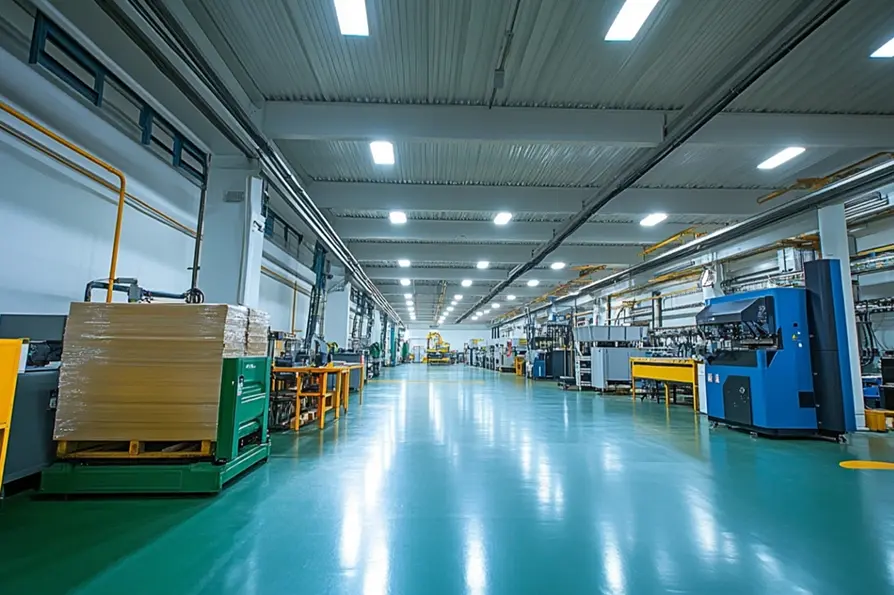
Color Temperature Application
Residential Use: Most homeowners prefer warm white lighting (2700K-3000K) for its inviting and relaxing qualities. This color temperature enhances warm tones like reds and yellows, creating a cozy and comfortable atmosphere in living spaces.
Commercial Use: Cooler white lights (4000K and above) are commonly used in offices and retail environments. These lights enhance productivity and make colors appear more vibrant, which is particularly beneficial for tasks requiring precision and attention to detail.
Tunable White Lights: Recent advancements have introduced tunable white LED fixtures that allow users to adjust the color temperature based on the time of day or specific activities. This provides greater flexibility in lighting design, enabling environments to adapt to varying needs.
Choosing the Right Color Temperature
Selecting the appropriate color temperature is not just about aesthetics—it’s about optimizing the performance and efficiency of your lighting. The right color temperature can enhance mood, improve productivity, and even influence purchasing decisions. It’s crucial to consider the specific needs of each space when choosing your lighting solutions.
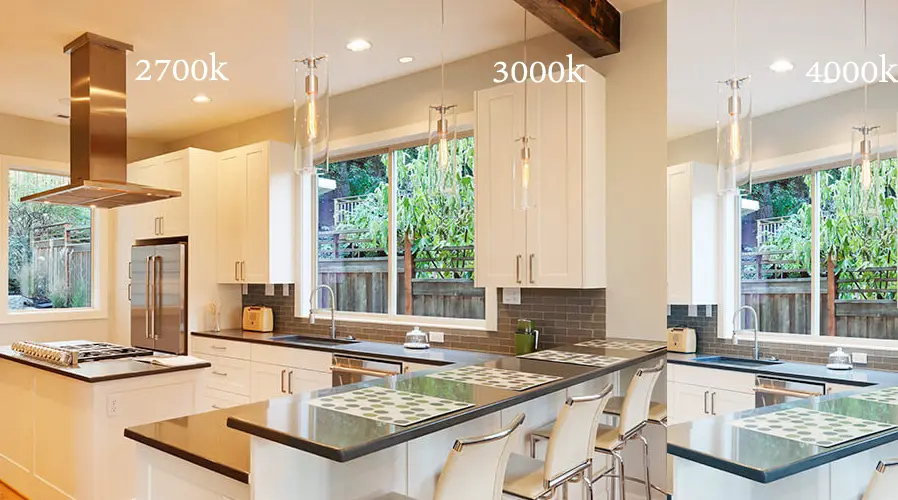
Why Choose Sunroleds for Your LED Lighting Needs?
At Sunroleds, we understand the critical role that color temperature plays in lighting design. Our range of high-quality LED
- Wide Range of Options: Whether you need warm, neutral, or cool lighting, our LED products are available in a broad spectrum of color temperatures to meet your specific requirements.
- Energy Efficiency: Our LED lights are engineered for high efficiency, ensuring that you achieve the perfect balance between performance and energy savings.
- Customizable Solutions: With our tunable white LED options, you can easily adjust the color temperature to suit different needs throughout the day, offering unparalleled flexibility.
By choosing Sunroleds, you are investing in lighting solutions that not only meet your functional needs but also enhance the overall quality and comfort of your environment. Let us help you create spaces that shine in every way.
Share this article
Written by : Sophia Ng
Hey there! This is Sophia Ng, Worked for Sunroleds with 15 years in the industry, specializing in sales and marketing.
I'm committed to excellence and always aim to exceed expectations. Outside of work, I enjoy traveling and exploring traditional Chinese culture.
Let's connect and make some magic happen!
Follow us
Latest articles
September 16, 2024
September 16, 2024
September 16, 2024
September 16, 2024

